-
 Bitcoin
Bitcoin $117500
2.15% -
 Ethereum
Ethereum $3911
6.19% -
 XRP
XRP $3.316
10.79% -
 Tether USDt
Tether USDt $1.000
0.01% -
 BNB
BNB $787.2
2.24% -
 Solana
Solana $175.2
4.15% -
 USDC
USDC $0.9999
0.00% -
 Dogecoin
Dogecoin $0.2225
8.40% -
 TRON
TRON $0.3383
0.28% -
 Cardano
Cardano $0.7868
6.02% -
 Stellar
Stellar $0.4382
9.34% -
 Hyperliquid
Hyperliquid $40.92
7.56% -
 Sui
Sui $3.764
7.63% -
 Chainlink
Chainlink $18.48
10.66% -
 Bitcoin Cash
Bitcoin Cash $582.1
1.88% -
 Hedera
Hedera $0.2601
6.30% -
 Avalanche
Avalanche $23.33
4.94% -
 Ethena USDe
Ethena USDe $1.001
0.02% -
 Litecoin
Litecoin $122.3
2.04% -
 UNUS SED LEO
UNUS SED LEO $8.969
-0.27% -
 Toncoin
Toncoin $3.339
0.86% -
 Shiba Inu
Shiba Inu $0.00001287
4.30% -
 Uniswap
Uniswap $10.43
7.38% -
 Polkadot
Polkadot $3.861
5.08% -
 Dai
Dai $1.000
0.02% -
 Bitget Token
Bitget Token $4.513
3.41% -
 Monero
Monero $267.7
-6.18% -
 Cronos
Cronos $0.1499
4.14% -
 Pepe
Pepe $0.00001110
5.15% -
 Aave
Aave $284.9
8.28%
How to check lending rates on Bitfinex
To check lending rates on Bitfinex, log into your account, navigate to "Margin Funding," and view rates in a table format sorted by various criteria for optimal lending opportunities.
Apr 05, 2025 at 05:28 pm
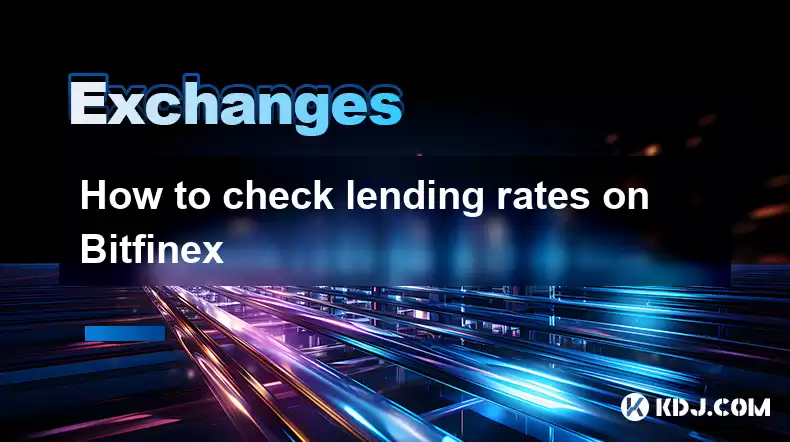
Checking lending rates on Bitfinex is a crucial step for those interested in earning passive income through cryptocurrency lending. Bitfinex, a leading cryptocurrency exchange, offers a platform where users can lend their digital assets to traders who need to borrow funds for margin trading. Understanding how to navigate and interpret the lending rates on Bitfinex can help you make informed decisions about where to allocate your assets for maximum returns. This guide will walk you through the process of checking lending rates on Bitfinex, ensuring you have all the information you need to start lending effectively.
Accessing the Lending Section on Bitfinex
To begin, you need to access the lending section on Bitfinex. Log into your Bitfinex account and navigate to the "Margin Funding" section. This section is where you can view and manage your lending activities. Once you are in the Margin Funding section, you will see a list of available cryptocurrencies for lending, along with their respective rates and other details. Make sure you are familiar with the interface to proceed smoothly.
Viewing Current Lending Rates
After accessing the Margin Funding section, you can view the current lending rates for various cryptocurrencies. Bitfinex displays the rates in a table format, showing the cryptocurrency, the rate offered, the duration of the loan, and the amount available for lending. You can sort the table by different criteria such as rate, duration, or amount to find the most suitable lending opportunity for your needs. Pay close attention to the rates as they can fluctuate based on market demand and supply.
Understanding the Rate Display
The rates on Bitfinex are displayed as an annual percentage rate (APR). This means that the rate you see is the annualized return you can expect if the loan is held for a full year. However, most loans on Bitfinex are short-term, so the actual return you receive will be a fraction of the displayed APR, depending on the duration of the loan. For example, if you lend at a 5% APR for one month, your actual return would be approximately 0.42% (5% divided by 12 months).
Filtering and Sorting Options
Bitfinex provides several filtering and sorting options to help you find the best lending rates. You can filter by cryptocurrency, rate range, and duration. Sorting options include sorting by rate (highest to lowest or vice versa), duration (shortest to longest or vice versa), and amount (largest to smallest or vice versa). Utilizing these options can help you quickly identify the most attractive lending opportunities based on your preferences and risk tolerance.
Placing a Lending Offer
Once you have identified a suitable lending rate, you can place a lending offer. To do this, select the cryptocurrency you wish to lend, enter the amount you want to lend, and set your desired rate. You can also set a minimum and maximum duration for the loan. After setting these parameters, submit your offer. If a borrower accepts your offer, the funds will be transferred from your wallet to the borrower's margin account, and you will start earning interest.
Monitoring Your Lending Offers
After placing a lending offer, it's important to monitor its status. You can view your active lending offers in the "My Offers" section of the Margin Funding page. Here, you can see which offers have been accepted, the current status of the loans, and the interest you are earning. You can also cancel any unaccepted offers if you decide to change your lending strategy. Regular monitoring ensures that you stay informed about your lending activities and can make adjustments as needed.
Understanding the Risks
While lending on Bitfinex can be a lucrative way to earn passive income, it's important to understand the associated risks. The primary risk is that the borrower may default on the loan, leading to potential losses. Bitfinex mitigates this risk by requiring borrowers to maintain a certain level of collateral, but there is still a chance of loss. Additionally, lending rates can fluctuate, affecting your potential returns. Always consider these risks before deciding to lend your assets.
Withdrawing Your Funds
If you decide to withdraw your funds from lending, you can do so by canceling any active lending offers and waiting for the current loans to mature. Once the loans are repaid, the funds will be returned to your wallet, and you can withdraw them from Bitfinex. Keep in mind that you cannot withdraw funds that are currently lent out, so plan your withdrawals accordingly.
Using the Bitfinex API for Advanced Users
For advanced users, Bitfinex offers an API that can be used to automate lending activities. The API allows you to programmatically place and manage lending offers, monitor rates, and execute other lending-related tasks. Using the API can help you optimize your lending strategy and potentially increase your returns. However, it requires a good understanding of programming and the Bitfinex API documentation.
Comparing Lending Rates Across Platforms
While Bitfinex offers competitive lending rates, it's a good practice to compare rates across different platforms. Other exchanges like Binance, Kraken, and Poloniex also offer lending services, and their rates may vary. By comparing rates, you can ensure that you are getting the best possible return on your lending activities. Keep in mind that each platform has its own set of rules and risks, so thorough research is essential.
Maximizing Your Returns
To maximize your returns on Bitfinex, consider the following strategies:
- Diversify your lending portfolio across different cryptocurrencies to spread risk.
- Monitor market trends and adjust your lending rates accordingly to stay competitive.
- Use the Bitfinex API to automate your lending activities and optimize your strategy.
- Stay informed about the latest developments in the cryptocurrency market to make informed lending decisions.
By following these strategies, you can enhance your lending experience on Bitfinex and potentially increase your passive income.
Common Questions Related to Checking Lending Rates on Bitfinex
Q: How often do lending rates on Bitfinex change?
A: Lending rates on Bitfinex can change frequently due to market demand and supply. It's advisable to check the rates regularly to stay updated on the latest opportunities.
Q: Can I set a custom lending rate on Bitfinex?
A: Yes, you can set a custom lending rate when placing a lending offer. This allows you to compete for borrowers by offering a rate that you find acceptable.
Q: What happens if a borrower defaults on a loan on Bitfinex?
A: If a borrower defaults, Bitfinex uses the collateral provided by the borrower to cover the loan. However, there is still a risk of loss if the collateral value drops significantly.
Q: How do I know if my lending offer has been accepted?
A: You can check the status of your lending offers in the "My Offers" section of the Margin Funding page. Accepted offers will be marked as active loans.
Q: Can I withdraw my funds while they are lent out on Bitfinex?
A: No, you cannot withdraw funds that are currently lent out. You must wait for the loans to mature and be repaid before you can withdraw the funds.
Q: Is there a minimum amount required to start lending on Bitfinex?
A: The minimum amount required to start lending on Bitfinex varies by cryptocurrency. You can check the specific minimums in the Margin Funding section.
Q: How can I use the Bitfinex API for lending?
A: To use the Bitfinex API for lending, you need to familiarize yourself with the API documentation and use programming languages like Python or JavaScript to automate your lending activities.
Q: Are there any fees associated with lending on Bitfinex?
A: Bitfinex charges a small fee for lending, typically a percentage of the interest earned. You can find the exact fee structure on the Bitfinex website.
Q: Can I lend multiple cryptocurrencies at the same time on Bitfinex?
A: Yes, you can lend multiple cryptocurrencies simultaneously by placing separate lending offers for each cryptocurrency.
Q: How do I calculate my potential returns from lending on Bitfinex?
A: To calculate your potential returns, multiply the amount you lend by the lending rate (expressed as a decimal) and the duration of the loan. For example, lending $1,000 at a 5% APR for one month would yield approximately $4.17 in interest.
Disclaimer:info@kdj.com
The information provided is not trading advice. kdj.com does not assume any responsibility for any investments made based on the information provided in this article. Cryptocurrencies are highly volatile and it is highly recommended that you invest with caution after thorough research!
If you believe that the content used on this website infringes your copyright, please contact us immediately (info@kdj.com) and we will delete it promptly.
- Bitcoin, Meme ICOs, and FOMO: Catching the Next Crypto Wave
- 2025-08-08 18:30:34
- OM, Investment, and Growth: Decoding the Latest Trends in Digital Assets
- 2025-08-08 18:30:34
- SNEK, Cardano, and the Contributor's Conundrum: A Meme Coin's Fight for Recognition
- 2025-08-08 16:30:12
- Toshi Crypto's Wild Ride: Rally, Demand Slump, and What's Next
- 2025-08-08 16:30:12
- Ethereum, Staking Yields, and DeFi Exposure: A New Era for Investors?
- 2025-08-08 15:10:12
- Unilabs Pumps MIA, Binance Coin Bouncing Back, and Ethereum's Bearish Blues
- 2025-08-08 15:10:12
Related knowledge
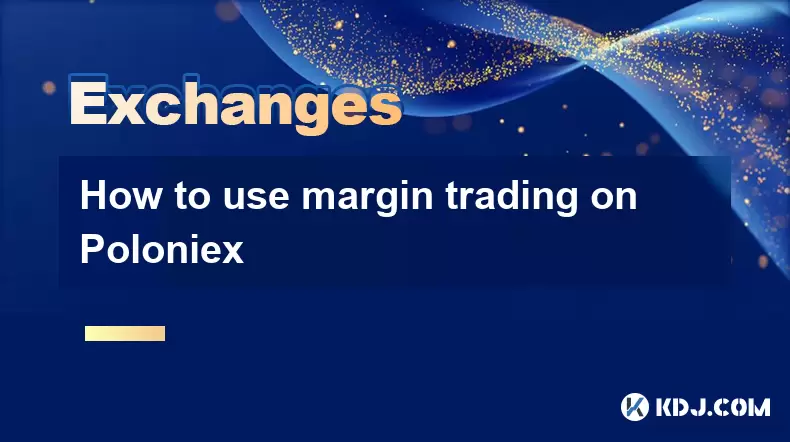
How to use margin trading on Poloniex
Aug 08,2025 at 09:50am
Understanding Margin Trading on Poloniex
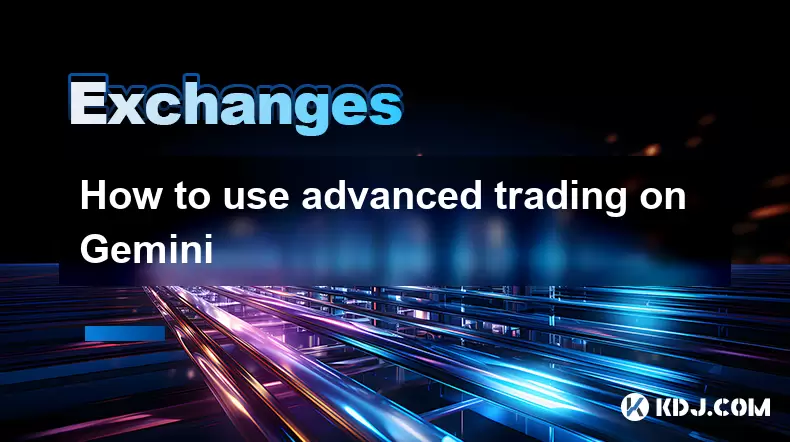
How to use advanced trading on Gemini
Aug 08,2025 at 04:07am
Understanding Advanced Trading on GeminiAdvanced trading on Gemini refers to a suite of tools and order types designed for experienced traders who wan...
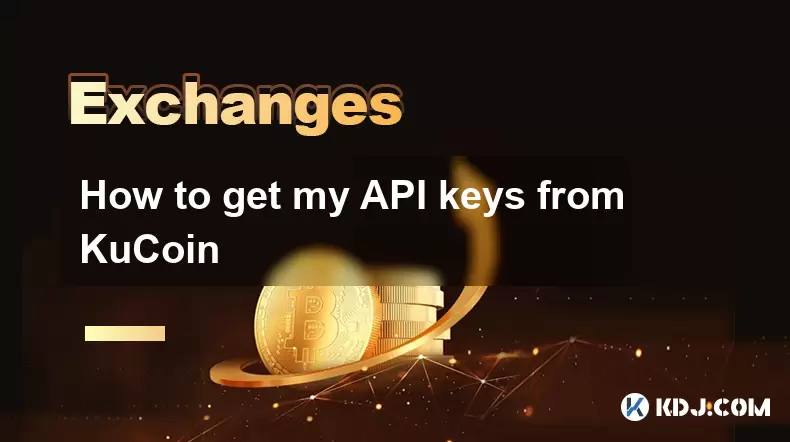
How to get my API keys from KuCoin
Aug 08,2025 at 06:50pm
Understanding API Keys on KuCoinAPI keys are essential tools for users who want to interact with KuCoin's trading platform programmatically. These key...
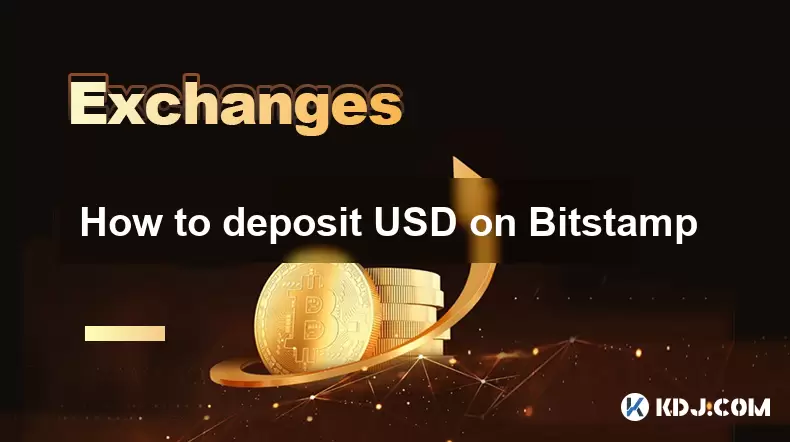
How to deposit USD on Bitstamp
Aug 07,2025 at 05:18pm
Understanding Bitstamp and USD DepositsBitstamp is one of the longest-standing cryptocurrency exchanges in the industry, offering users the ability to...
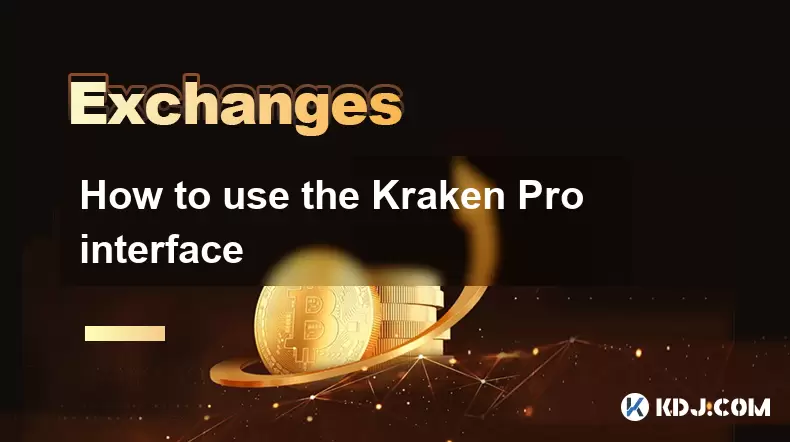
How to use the Kraken Pro interface
Aug 08,2025 at 09:57am
Understanding the Kraken Pro Interface LayoutThe Kraken Pro interface is designed for both novice and experienced traders seeking a streamlined experi...
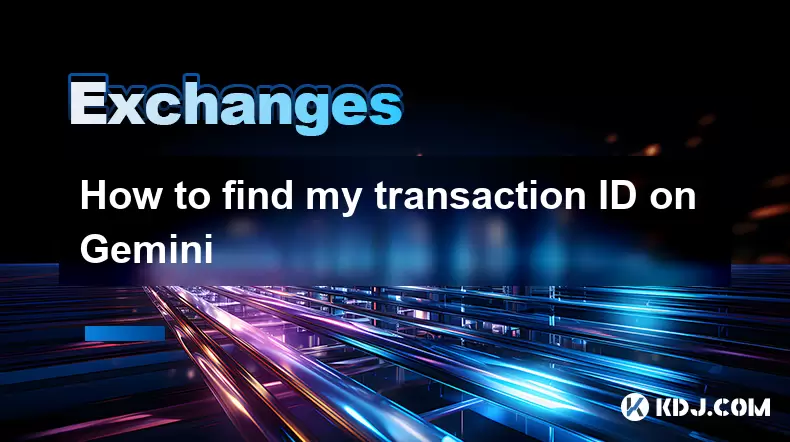
How to find my transaction ID on Gemini
Aug 08,2025 at 12:50am
Understanding the Transaction ID in Cryptocurrency ExchangesA transaction ID (TXID) is a unique alphanumeric string that identifies a specific transfe...

How to use margin trading on Poloniex
Aug 08,2025 at 09:50am
Understanding Margin Trading on Poloniex

How to use advanced trading on Gemini
Aug 08,2025 at 04:07am
Understanding Advanced Trading on GeminiAdvanced trading on Gemini refers to a suite of tools and order types designed for experienced traders who wan...

How to get my API keys from KuCoin
Aug 08,2025 at 06:50pm
Understanding API Keys on KuCoinAPI keys are essential tools for users who want to interact with KuCoin's trading platform programmatically. These key...

How to deposit USD on Bitstamp
Aug 07,2025 at 05:18pm
Understanding Bitstamp and USD DepositsBitstamp is one of the longest-standing cryptocurrency exchanges in the industry, offering users the ability to...

How to use the Kraken Pro interface
Aug 08,2025 at 09:57am
Understanding the Kraken Pro Interface LayoutThe Kraken Pro interface is designed for both novice and experienced traders seeking a streamlined experi...

How to find my transaction ID on Gemini
Aug 08,2025 at 12:50am
Understanding the Transaction ID in Cryptocurrency ExchangesA transaction ID (TXID) is a unique alphanumeric string that identifies a specific transfe...
See all articles

























































































